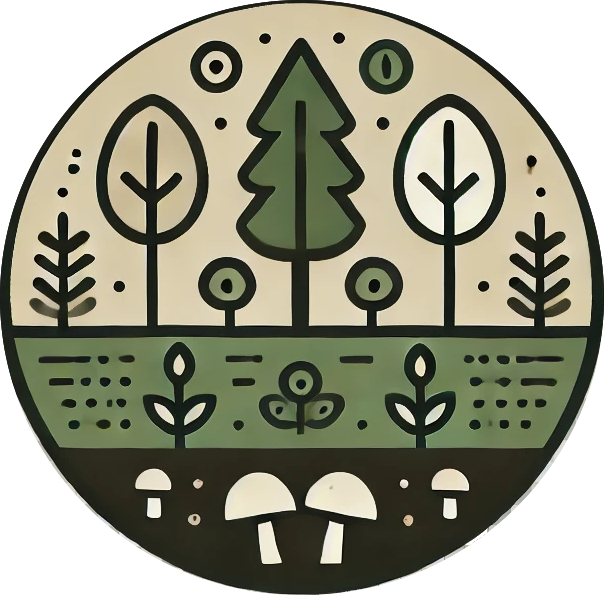Throwing Shade: Why Agroforestry is the Secret Weapon for Livestock Sustainability

If you’re raising livestock without shade, you’re not just making life harder for your animals—you’re leaving productivity, sustainability, and long-term resilience on the table. Agroforestry, the art of integrating trees into pastures, isn’t just some tree-hugger fantasy. It’s one of the smartest, most science-backed ways to keep animals thriving, slash emissions, and make farms more resilient against climate change. Let’s talk about why throwing shade (literally) might be the best thing you can do for your herd.
Heat Stress is Real, and It’s Getting Worse
Picture this: It’s mid-July, the sun is relentless, and your cows are panting like they just ran a marathon. Heat stress isn’t just uncomfortable—it’s a productivity killer. Studies show that when livestock don’t have access to shade, they eat less, drink more, and burn energy just trying to cool down. That means lower weight gain, less milk production, and overall lower efficiency (Sarubbi et al., 2024).
Silvopasture—where livestock graze under the canopy of carefully managed trees—changes the game. Research from Uruguay shows that cattle raised under trees handle heat waves way better than those left out in open fields (Saravia et al., 2024). The trees create microclimates, reducing ambient temperatures and making for happier, healthier animals.
Lowering Emissions Without the Gimmicks
Here’s something feedlot operators don’t like to talk about: Livestock emissions aren’t just about methane burps. Heat-stressed animals actually emit more greenhouse gases because they’re metabolizing inefficiently. They also produce more nitrogen-based pollutants, making air and water quality worse (Mejia Turcios, 2024).
Silvopastoral systems help in two ways:
- Cooler cattle = fewer emissions. Less stress means better digestion, better weight gain, and fewer waste byproducts.
- Trees are carbon vacuums. They sequester CO₂, improve soil health, and filter water runoff, making the entire system cleaner and more sustainable (Soto-Gómez, 2024).
Agroforestry: The Climate Crisis Shield
Let’s be blunt—climate change is not coming. It’s here. Rising temperatures and unpredictable weather are making traditional livestock systems less viable every year. If you’re not adapting, you’re already behind.
Agroforestry isn’t just about animal welfare; it’s about climate resilience. Well-placed trees reduce wind stress, improve soil moisture retention, and create stable ecosystems that protect against droughts and floods (Woodward et al., 2025). And in a world where heatwaves are becoming routine, tree cover could be the difference between a farm that thrives and one that collapses.
The Future is Shady (In a Good Way)
Agroforestry isn’t a trend—it’s a long-term investment in sustainability. It makes livestock more productive, slashes emissions, and future-proofs farms against climate volatility. The science is clear: if you want to raise healthier animals, protect your land, and stay profitable in a changing world, it’s time to plant some damn trees.
Your cattle will thank you. Your soil will thank you. And in 20 years, when your farm is still standing while others are struggling, you’ll thank yourself.
So go ahead—throw some shade. It’s the best decision you’ll ever make.
Further Reading:
- Mejia Turcios, S. E. (2024). Evaluation of different approaches to reduce greenhouse gases and air pollutants from feedlot cattle production. UC eScholarship. Available here
- Saravia, C., van Lier, E., Munka, C., & Bentancur, O. (2024). Trees on rangelands can attenuate the negative effect of heat waves on livestock. Agroforestry Systems, 10457. Available here
- Sarubbi, J., Martínez-Burnes, J., & Ghezzi, M. D. (2024). Hypothalamic neuromodulation and control of the dermal surface temperature of livestock during hyperthermia. ResearchGate. Available here
- Soto-Gómez, D. (2024). Integration of crops, livestock, and solar panels: Agrivoltaic systems. Agronomy, 14(8), 1824. Available here
- Woodward, S. J. R., Beukes, P. C., & Edwards, J. P. (2025). Regional heat stress maps for grazing dairy cows in New Zealand. Animal Production Science. Available here




